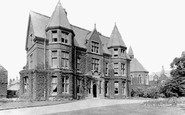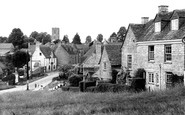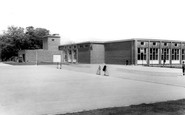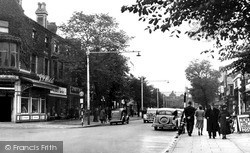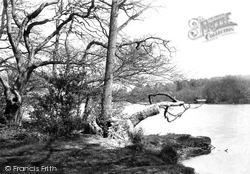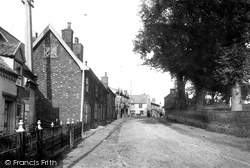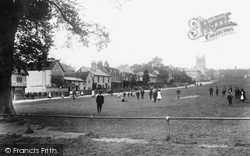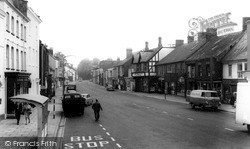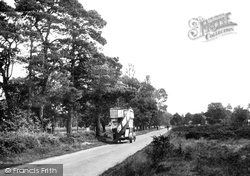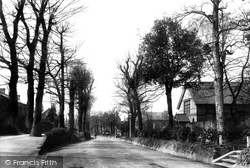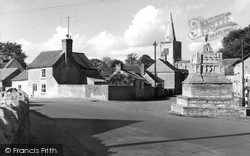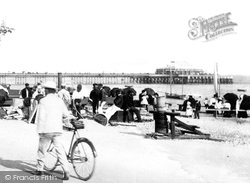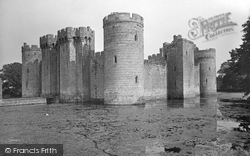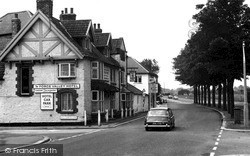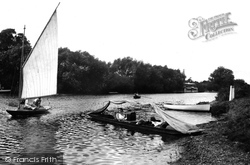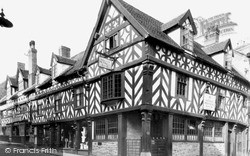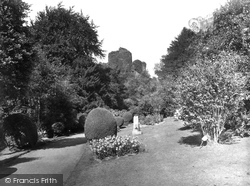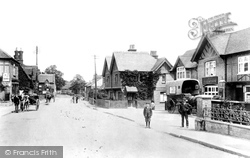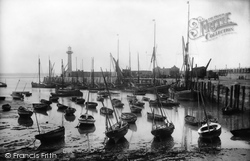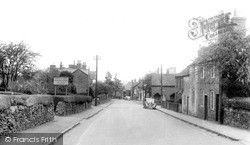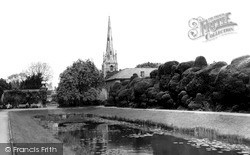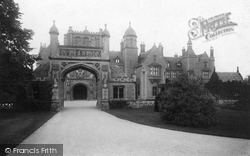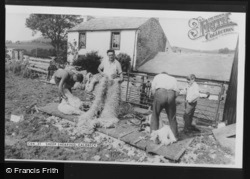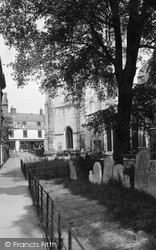Places
18 places found.
Those places high-lighted have photos. All locations may have maps, books and memories.
- Hythe, Kent
- Hythe, Hampshire
- Small Hythe, Kent
- Bablock Hythe, Oxfordshire
- Methwold Hythe, Norfolk
- Hythe, Somerset
- Hythe, Surrey
- Hythe End, Berkshire
- The Hythe, Essex
- Egham Hythe, Surrey
- West Hythe, Kent
- New Hythe, Kent
- Broad Street, Kent (near Hythe)
- Horn Street, Kent (near Hythe)
- Newbarn, Kent (near Hythe)
- Newington, Kent (near Hythe)
- Broad Street, Kent (near Hythe)
- Stone Hill, Kent (near Hythe)
Photos
360 photos found. Showing results 2,781 to 360.
Maps
101 maps found.
Books
10 books found. Showing results 3,337 to 10.
Memories
4,406 memories found. Showing results 1,391 to 1,400.
Ye Olde High Lane
I moved to High Lane with my parents when I was 15 in 2000. It was a tiny old fashioned village, so tiny infact that there was only one house and everybody in the village lived there. There was one village shop (run by Tubbs and ...Read more
A memory of High Lane in 2000
The Old Mill
Can anyone remember the old windmill in a field just off Olney Road? It was blown down in a very strong gale in, I think, March 1948. I seem to remeber that 2 sisters by the name of Little, used to live in a house very close by. It was in the area where the original houses in Mill Road were built
A memory of Bozeat in 1948 by
Snowed In
If my memory is correct it was the winter of 1940/41 when I was a teenager, working for a long distance transport company from the midlands. We had left Carlisle on our way south via Shap Fell when we were caught in a blizzard and the ...Read more
A memory of Carlisle in 1940 by
Claybury Memories.
Both my parents were nurses at Claybury during the 1950s. My dad worked days and my mum worked nights. I can remember her telling me that when she did 'the rounds' during the night she used to ride her bike through the ...Read more
A memory of Woodford Bridge in 1950 by
Memories Of Thornley
Having read Kenneth Ortons' memories, it brought back visions in my mind of the good times growing up in the loveliest little village I know. When I was born in 1947 my mam and dad lived with my grandma at 60 Thornlaw North ...Read more
A memory of Thornley in 1947 by
Charlbury Railway Station
I well remember been driven to the station to meet a train that was carrying at least two hundred head of cattle destined for Ditchley Mansion. As a young man in those days, with five other men we drove the animals to ...Read more
A memory of Charlbury in 1954 by
The Six Bells Handcroft Road
I'm not a native of Croydon, but I remember visiting The Six Bells when my uncle was the landlord there during the 1960s. I was in the army at that time, based in Harrogate, Yorkshire and when heading for home in ...Read more
A memory of Croydon by
Memories Of Parsons/ Blackdown/Deepcut/ And Chilwell Barracks
I was stationed at Parsons barracks for two weeks before we moved to Blackdown camp for basic training. I did a course on office work and did touch typing which lasted for ten weeks. ...Read more
A memory of Deepcut in 1952 by
Joppa House
I was there at the time Theresa writes about, and my 4 children were too. I remember you and your brother playing in the hall, and nearly getting killed when you knocked the grandfather clock down. Your mom and I would walk to the ...Read more
A memory of Innellan in 1963 by
My Memories Of Dibden Purlieu
I lived in Talbot Road back then with my foster sisters and our wonderful Foster Mum Mrs. Jones. I can remember attending Orchard Road Junior School durring the Queens Silver Jubilee and getting a coin with the ...Read more
A memory of Dibden Purlieu in 1977 by
Captions
4,899 captions found. Showing results 3,337 to 3,360.
The main street and good shopping centre is made more pleasant by the Victorian glass arcade, useful in wet weather.
The ducks were drawn into the decoy by the decoy man's dog.
In the gabled building was either Harry Benstead or William Terry, saddlers, followed by the Swan, run by Mrs Mary Newberry.
In the distance is the late 15th-century church, partly obscured by the Holy Trinity Hospital founded in 1573 by Sir Willlam Cordell.
The mills, which lie just outside the town, are owned by the Fox family and are still renowned for producing high quality flannel and material for nurses' uniforms.
From its depot in Reading, having stopped at Shinfield, Arborfield, Eversley and Yateley, a Thorneycroft J Type bus operated by the Thames Valley Traction Company has yet to make a pick up in Derby Green
This building is now dominated by the Methodist Church, which was built four years after this photograph was taken.
Inside, by contrast, the late 12th-century nave arcades are serene and perfectly proportioned, as befits a church owned by the mighty Thorney Abbey.
By the 1860s, their popularity, combined with technical innovation derived from the railways, led to the construction of purpose-built pleasure piers.
Following the burning of Rye in 1377 and of Winchelsea in 1380, Bodiam Castle was built in 1385 because of the imminent threat of invasion by the French.
A Norman castle was established here by the De Aton family. High Hall, to the left, dates from the 18th century.
This village is often called 'the Garden of Suffolk', something promoted by the local chemists Cleghorn and Owen, who produced the 'Garden of Suffolk Bouquet'.
The crew of a sailing dinghy are apprehensively watched by the relaxing occupants of a punt as it manoeuvres past in a steady breeze.
Today the National Provincial Bank has been replaced by the Tudor House Hotel, which occupies the same building.
Following the move of the gaol and assizes to Bodmin in 1842, the grounds were landscaped and turned into a pleasure park by the Duke of Northumberland.
In the distance is the late 15th-century church, partly obscured by the Holy Trinity Hospital founded in 1573 by Sir William Cordell.
In the church of St John the Evangelist, W S Gilbert, of Gilbert and Sullivan fame, sleeps under the widespread wings of a white angel; Gilbert lived at Grimsdyke, a house designed by the architect Norman
They continued to operate into the 19th century, until ousted by the steam packet service in about 1815.
Ultimately the quarries were overwhelmed by the cheaper Welsh slate.
The landward end of the 1840 foot long pier had already been submerged in 1970 by the enclosed Skegness Pier Amusements, although some of the original structure can be seen at the sea end.
The roofed building has been replaced by the Ayscoughfee Café, and the gardens include an impressive war memorial to Spalding's dead of both wars.
It was taken over by the Admiralty during the Second World War, and part of the surrounding estate was subsequently transformed into Layhill Prison.
It is fortunate to be bypassed by the A685 road to Kirkby Stephen.
These made-up foundations are the reason for the subsidence that afflicted the Museum shortly after opening, as evidenced by the badly misshapen windows at the front of the building.
Places (18)
Photos (360)
Memories (4406)
Books (10)
Maps (101)

